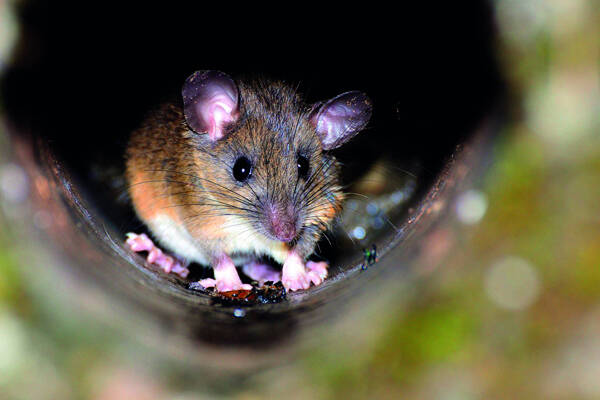Niviventer culturatus
IUCN
LCBasic Information
Scientific classification
- name:Niviventer culturatus
- Scientific Name:Niviventer culturatus,White-tailed rat, sulfur-bellied rat, spiny gray rat, mountain rat, white-bellied rat
- Outline:Rodents
- Family:Rodentia Muridae Rattus
Vital signs
- length:130-185mm
- Weight:
- lifetime:
Feature
In summer, there are more spiny guard hairs and the back hair is darker brown; in winter, there are fewer spiny guard hairs and the back hair is slightly brownish yellow.
Distribution and Habitat
It is endemic to China and is only distributed in Taiwan, China.
Appearance
Individuals are smaller than the Formosan white-bellied rat. Body length is 130-185mm, tail length is 170-200mm, and hind legs are 29-35mm long. The tail is relatively long, averaging 132% of body length. The coat is soft, without soft spines and needle hairs, which is different from the Formosan white-bellied rat. The back of the body is gray-brown, and the face is darker. There are usually dark gray spots in front and behind the eyes. The tail is significantly two-colored, cream-white on the ventral side and brown on the dorsal side. The brown part on the dorsal side gradually narrows towards the end of the tail, and the end of the tail is completely white. The color of the feet is similar to that of the Formosan white-bellied rat.
Details
The species status of this species is highly controversial. It has long been a synonym of Niviventer confucianus. Only recently has molecular systematic research confirmed its independent species status. This species is mainly distributed in areas above 2000m above sea level in Taiwan. The habitat area is small and the IUCN lists it as a near threatened species.

The community rat is good at climbing, agile, mostly active at night, and has a miscellaneous diet. It likes to eat a variety of nuts, tender leaves or a small amount of insects. It can reproduce 3-4 litters per year, with 4-5 litters per litter. It mainly lives in hilly forests, bamboo forests, thatched grass, thorny bushes or near farmland, weeds, caves, rock crevices, and stream ditches.









